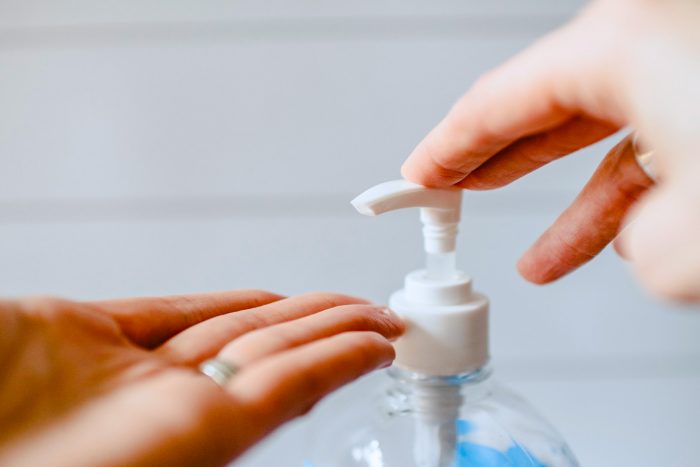
The past months have significantly altered the way people live. The global pandemic has forced many to work and stay indoors to avoid the deadly virus. Some are left jobless and therefore risking their lives to provide for their families and loved ones. During these unprecedented times, ensuring a clean and healthy body is crucial to avoid getting the virus. Even quick trips to the nearest convenience store require strict practices.
Aside from wearing a mask, another thing you always have to bring is a hand sanitiser. There’s just no way to determine how many people have touched the handrails on the stairs or the products in the supermarket, so it’s better to be cautious and maintain a habit of using a sanitiser after shopping or touching objects in public.
People have made it a custom to use their hand sanitisers, but how much do they know about its effectiveness? Will they need to clean their hands with it every minute? There are things one should know about them to benefit greatly from it.
No Soap and Water Available?
Experts highly recommend washing hands before and after touching surfaces in public spaces or visiting highly contaminated areas like hospitals. The same can also be said when getting into physical contact with people with weak immune systems. But not everyone can gain immediate access to a sink to wash their hands, so the best option is to use hand sanitisers for the meantime.
The Technique Matters
Using a hand sanitiser does not mean they are cleaned instantly. Some people aren’t aware that there is a specific technique when cleaning one’s hands with hand sanitisers. The best technique that doctors and experts recommend is to cover the entire surface of both hands. The fingertips need more focus on cleaning because it gets used the most like, for instance, using keys, taking out coins, and using the phone.
The best way to tell if the hand sanitiser has efficiently cleaned your hands is by rubbing it until it dries off. Drying should take at least 20 to 30 seconds to complete, so make sure to follow this critical step to ensure virus-free hands.
Not All Hand Sanitisers Are Identical
When taking a hand sanitiser from the store shelf, make sure to check the label for the alcohol percentage. There are alcohol brands with less than 60 per cent alcohol level, which is not suggested for cleaning hands. Alcohol levels below that percentage aren’t effective at eliminating most types of harmful bacteria. Also, hand sanitisers with benzalkonium chloride are less effective and do not have the same bacteria-eliminating effectiveness compared to alcohol.
Hand Sanitisers for Added Cleansing
For people who get their hands visibly dirty all the time, it is preferable to use water and soap. An example is when the hands are covered in grease or dirt. When dealing with thick dirt, the best way to utilise a hand sanitiser is to first wash the hands with soap and water, allow it to dry, then finally apply hand sanitiser for double the cleansing.
Be careful when purchasing hand sanitisers on the internet. There are several homemade sanitisers found on some websites that health experts do not recommend because they are not strong enough to eliminate harmful bacteria. Make sure to look for reliable online stores to ensure you get hand sanitisers that have an alcohol level of 60% and above.
